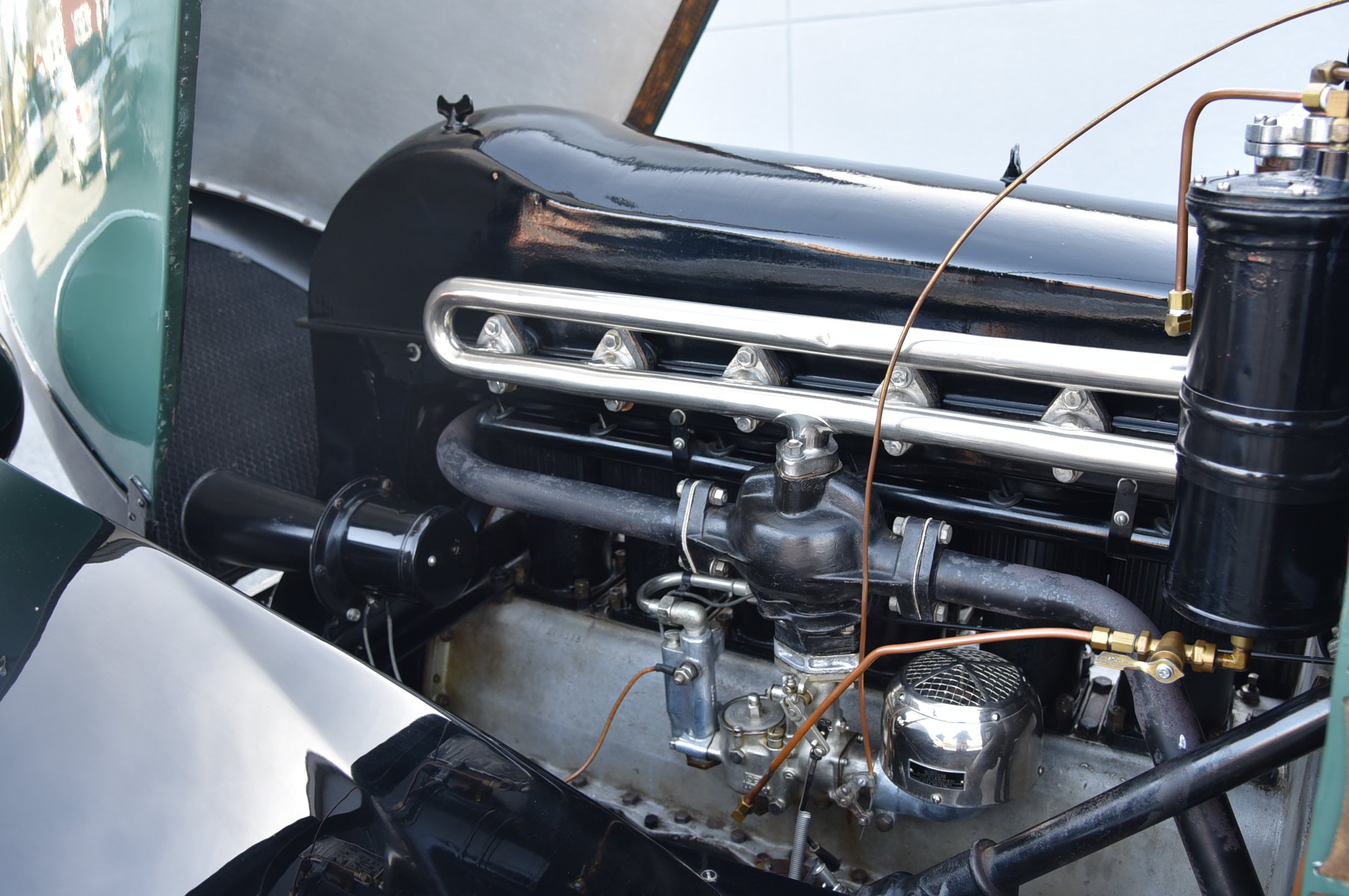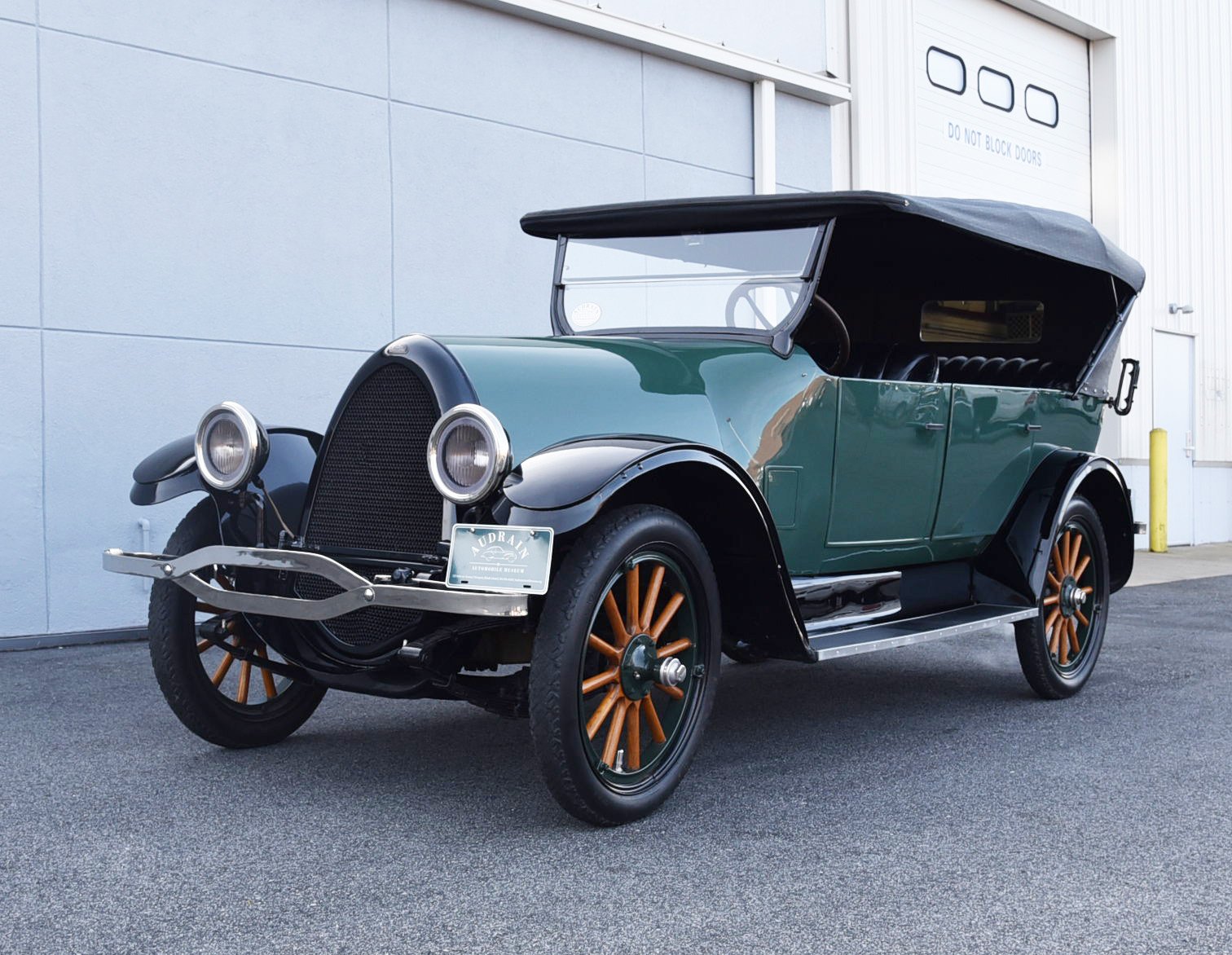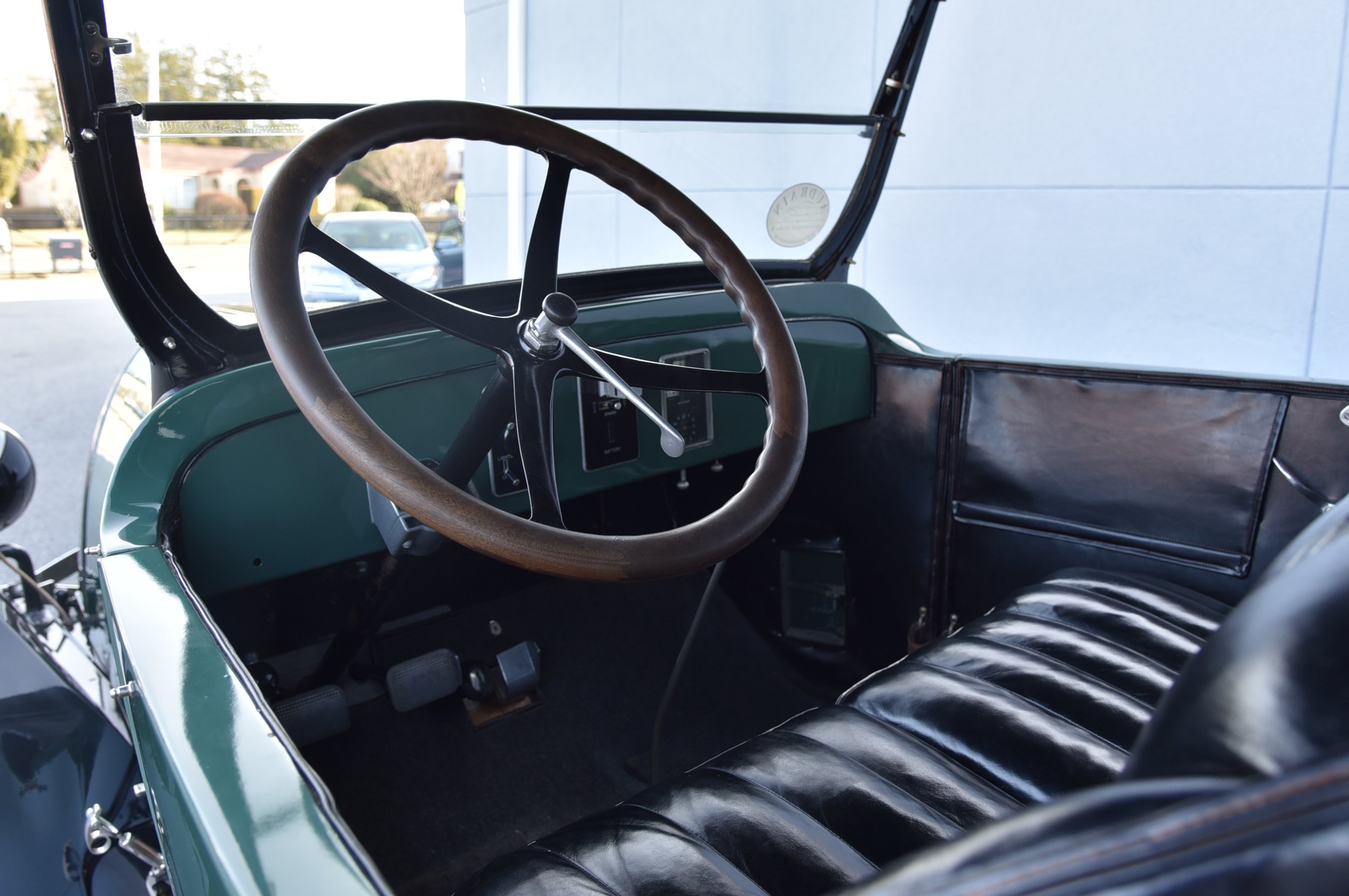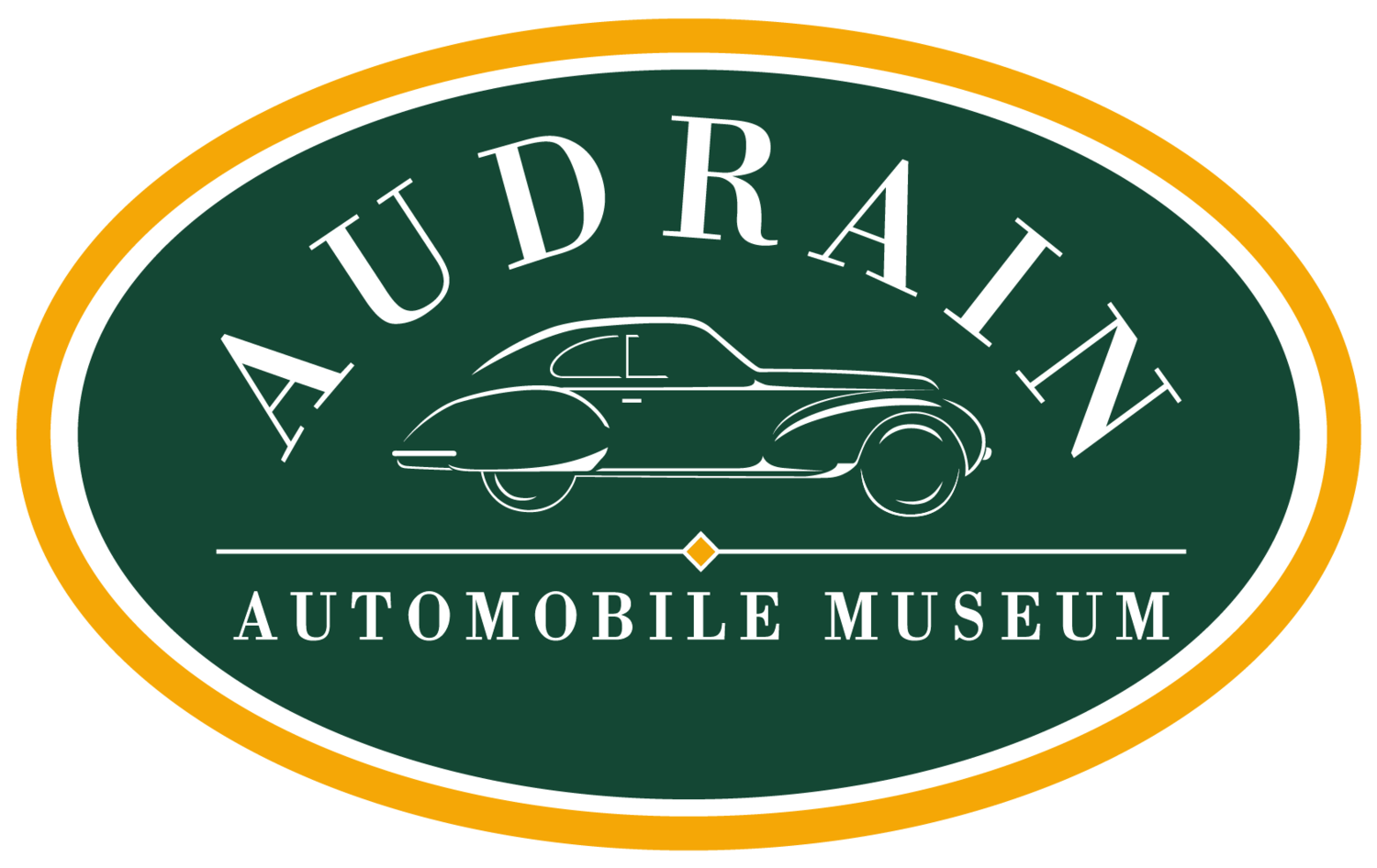1923 Franklin Series 10 Touring







Innovative and lightweight air-cooled flat-six
Aluminum body
Built in the Northeast in Syracuse, NY
Franklin automobiles were some of the most innovative automobiles in the early days of motoring. Built in Syracuse, New York from 1902 until 1934, all Franklin models utilized an air-cooled engine. While most companies utilized steel for the bodies of their vehicles, Franklin chose to use aluminum and was estimated to be the largest user of aluminum in the world in the early years of the company.
Dedicated to proving the resilience and reliability of air-cooled systems, Franklin participated in many endurance runs which validated their clams and boosted popularity. In 1923, Franklin advertised that one of their air-cooled cars had driven through the Imperial Valley of California in 122-degree Fahrenheit heat without incident. This event demonstrated the distinct benefit of air-cooling in extreme heat to a wide American audience beyond their Syracuse, NY base of operations.
Ahead of its time, Franklin built luxury cars with goals to compete with Packard, Cadillac and other high-end manufacturers. Franklin introduced the auto industry’s first six-cylinder car in 1906, and beginning in 1914 the company only built air-cooled six-cylinders engines. While other luxury vehicles continued to grow in stature and in weight, Franklin focused on lightweight construction and nimble handling. While their air-cooled engines certainly helped keep weight down, there were a handful of other benefits playing their part as well. Prior to the introduction of anti-freeze, Franklins had a major advantage in cold weather environments. Additionally, these engines were cheaper and easier to manufacture without the cooling system included. While many companies had similar recipes for success, Franklin is remembered today as striving to be unique, and in many ways more efficient than the competition.
Along with the lightweight engines, Franklin’s utilized aluminum bodies for their cars, and though they were more costly to produce than a steel body, weight was much lower. This allowed the cars to handle and accelerate better, as the Franklin engines were far from the most powerful on the market. Franklin even used aluminum pistons in their engines! Another weight reduction trick was wood frames, which Franklin utilized until 1928. Unfortunately like many other manufacturers, Franklin met their demise during the great depression, though the company is still remembered today as one of the most innovative manufacturers of early American automobiles.
Specifications:
Engine: 199 cu in Inline air-cooled 6-cylinder
Power: 25 hp
Transmission: 3-speed Manual
Top Speed: 55 mph
Weight: 2700 lbs

